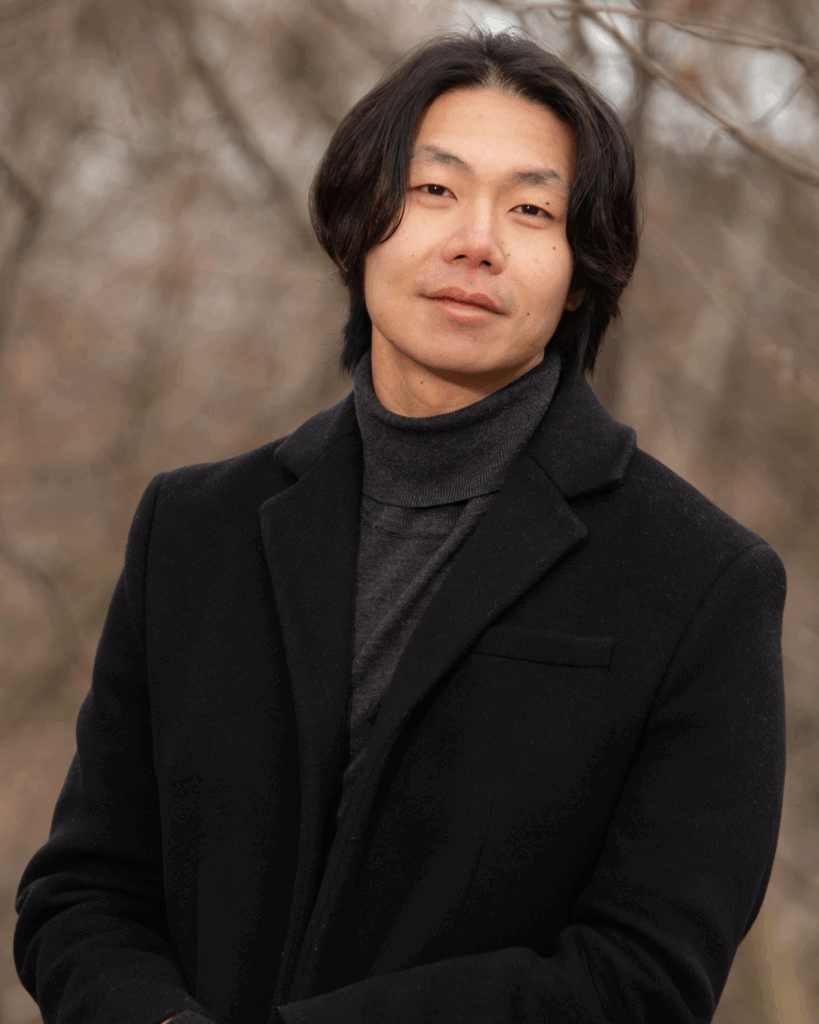
CG supervisor Jethro Au has always been drawn to visuals and storytelling. He pursued art history before getting a diploma in visual effects. While studying art history gave him a strong foundation in composition and aesthetics, he eventually realised he wanted to create images rather than analyse them. That curiosity led him to visual effects, where he mixes both art and technology.
His journey in the VFX industry began as a modeler on Sony’s Men in Black: International starring Chris Hemsworth. Since then, he has delivered on high-profile features including Top Gun: Maverick starring Tom Cruise and Warner Bros.’ Birds Of Prey starring Margot Robbie, as well as streaming titles like Prime Video’s The Boys and Gen V, and Peacock’s Poker Face.
Currently as a CG supervisor at Canada’s Rocket Science VFX, Au oversees all CG aspects of shows — from assets to layout and lighting. He makes sure everything looks cohesive across departments and that the creative intent carries through from start to finish. A big part of his job is balancing artistic quality with technical efficiency and keeping the team aligned on both.
In this email interview with AnimationXpress, Au discussed his journey in the VFX industry, his work on the second season of Tim Burton’s Wednesday, his experience on the project, working on The Boys and Gen V, challenges and learnings, and his advice to aspiring CG supervisors.
From beginning your career in comics and graphic design to now VFX, can you take us through your journey?
My early interests were always in drawing. I used to doodle constantly in school, which naturally led into making comics. I did webcomics and drew for the school newspaper. After graduation, I went into graphic design because it was the most employable creative path at the time — but deep down, my real passion was always film. Eventually, I decided to take the leap and pursue VFX full time, and that’s when everything clicked.
At View Conference, you and Kevin Buessecker spoke about Wednesday S2 – building a complex creature rig for One-Eye and the crows in Maya. What were some of the creative and technical challenges involved in creating these creatures? And how did you bring the murdering of the crows scene to life?
It was a complex project. Creatures are already challenging, but adding feathers made it even more so. Getting smooth wing tucks and natural motion while keeping the rig animator-friendly required a lot of testing. We were also early adopters of Houdini 20’s feather system, so there weren’t many tutorials or examples to follow — we had to learn as we went. For the “murder of crows” scene, we created a wide range of animation cycles to add variation and realism to the crowd agents.
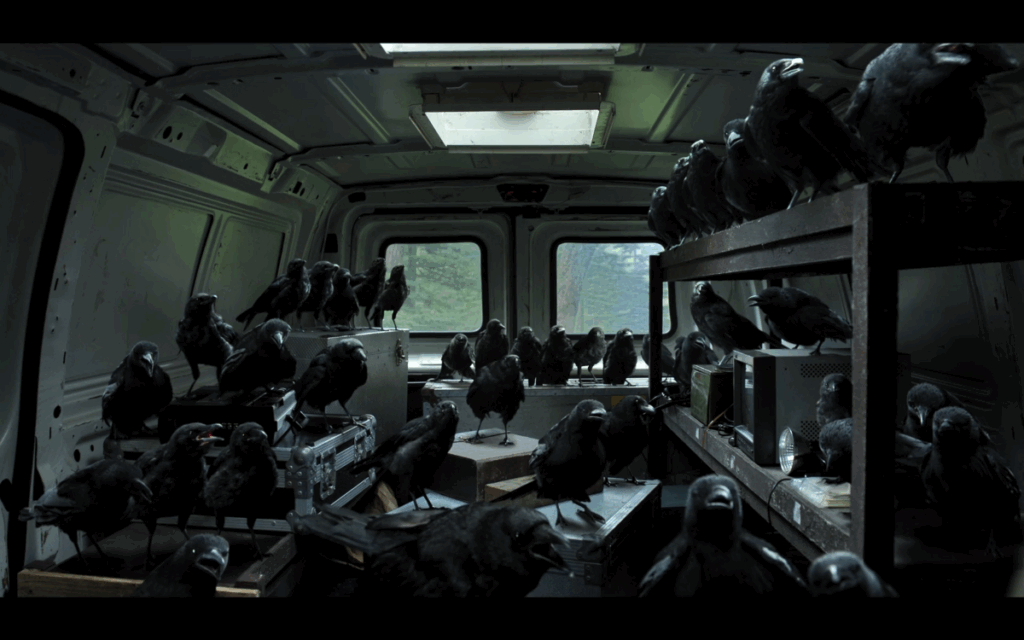
The crowd and flocking system for the crows sounds like a major achievement. How did you design and optimise the Houdini-based system to manage large-scale coordination while maintaining natural variation in behaviour?
We started by studying real crows — looking closely at flight cycles, landings, and social behaviour. The production [team] also provided hours of real footage from the set, which became our main reference. Once we were happy with the animation, we exported it as FBX into Houdini to use as crowd agents. From there, we built a custom system to apply these animation cycles procedurally — for example, having some crows attack while others idle or take off. It was all about creating controlled chaos that still felt organic.
Wednesday is known for its gothic tone and dark humour. How did your visual effects work — from One-Eye’s introduction to the smaller moments like animating Thing — contribute to enhancing the show’s atmosphere and storytelling?
We looked at a lot of Tim Burton’s past work for reference — the tone, the rhythm, the slightly exaggerated personality in his creatures. One-Eye was one of the main villains, so we wanted him to feel menacing but still fit within Wednesday’s gothic world. During the asset stage, we emphasised asymmetry and texture, and in animation we carried that through with small, eerie movements to give him presence and weight.
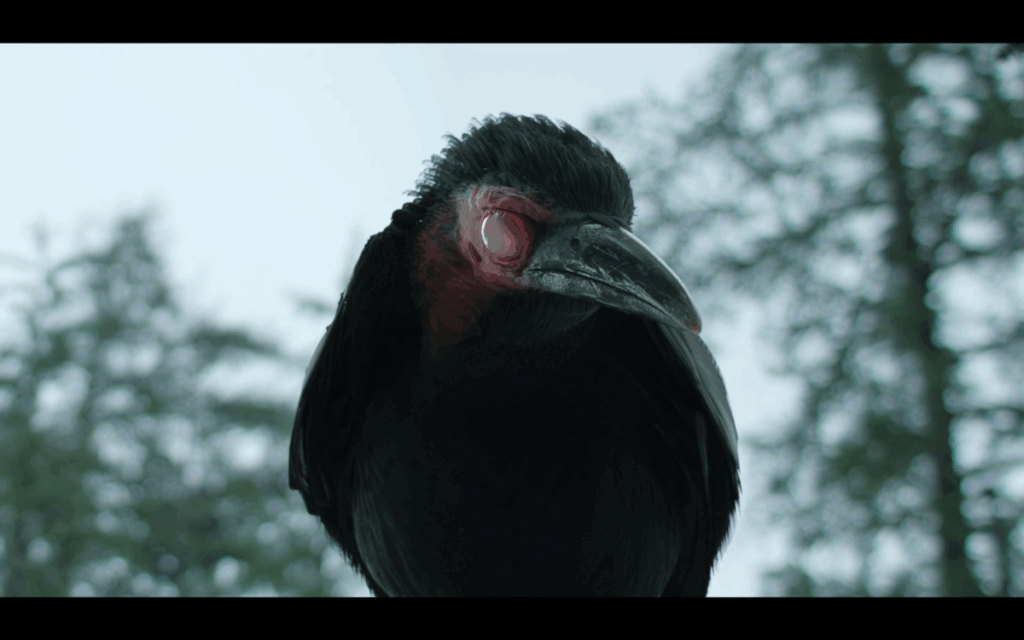
Rocket Science VFX has animated Thing in the show’s first season as well. Was there anything different or innovative that your team executed in the second season?
In the first season, our main task was to replace the stump for Thing. In S2, we had a few shots where Thing was fully CG, which was a different kind of challenge. It was about matching the tactile feel of Victor’s performance, especially capturing the weight, while also giving it more flexibility in movement.
Which are some important skills that you brought to Wednesday S2?
When I started on this project, I spent a lot of time researching crows — visiting museums, studying anatomy references, and watching tons of videos. That research helped me understand their behaviour and movement, which made a big difference when giving feedback to the team. Beyond that, I think what I bring is curiosity and persistence — I like digging into problems until I really understand them.
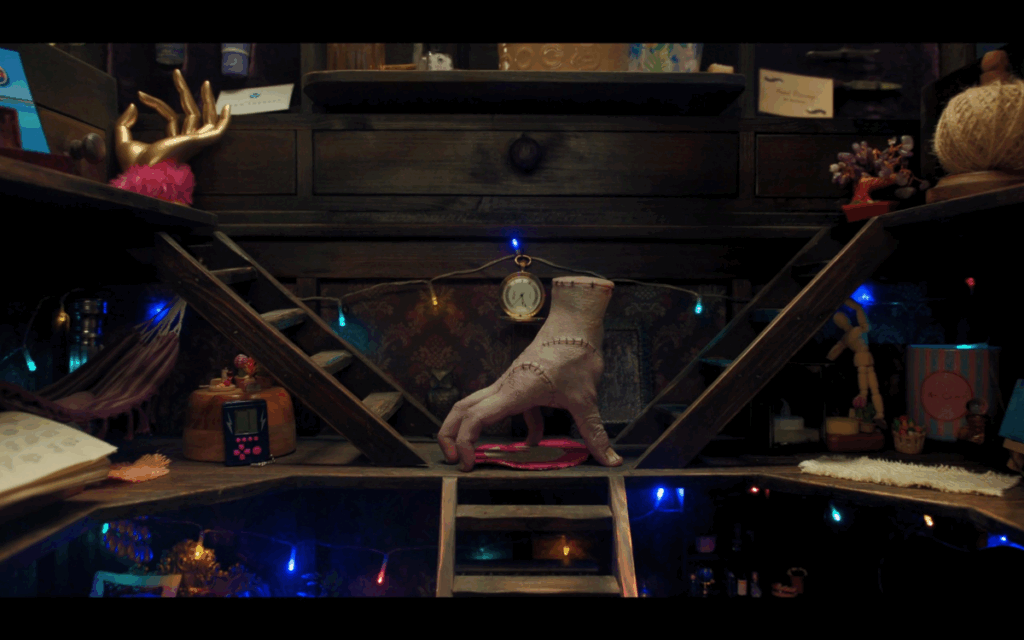
Can you tell us about your favourite bits of working on the shows The Boys and Gen V?
Working on gory scenes is always fun. Both The Boys and Gen V are over the top, but they also have a satirical edge, so the trick was finding that sweet spot where it’s shocking but still funny. It’s a rare mix of creative freedom and technical precision — we could push things further while keeping them grounded in the story’s tone.
What was the most memorable part of working on Top Gun: Maverick?
Modeling the planes on Top Gun: Maverick was probably the most memorable part. The level of realism required was intense — every material, every rivet had to hold up in close-up shots. It was a great lesson in precision and discipline, and it was surreal to contribute even a small part to such an iconic film.
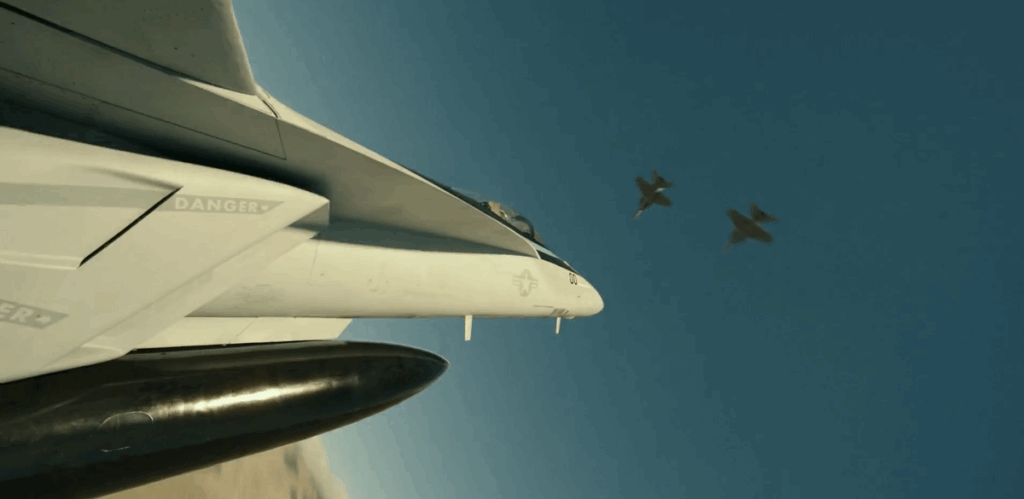
From Men in Black: International to Wednesday S2, you have worked on a variety of projects, each with a distinct visual style. What have been your learnings?
Each project has its own challenges. Men in Black was all about stylised sci-fi, while Wednesday leans into gothic realism. What I’ve learned is that adaptability is key — being able to adjust your eye and workflow depending on the tone of the show. Every project adds a new layer of experience that shapes how I approach the next one.
As a CG Supervisor, what part of your job is the most complicated, and how do you simplify it?
The most complicated part of my job is finding creative and efficient approaches to shots. There’s always a tension between artistry and practicality. I try to simplify by breaking complex problems down and staying communicative with my leads — it’s about keeping everyone clear on the goal rather than getting lost in details.
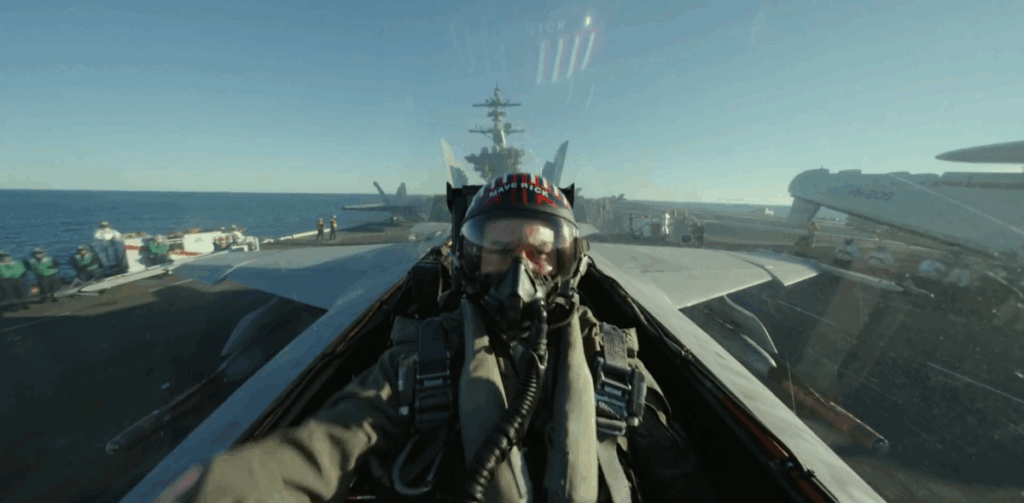
From your experience in the VFX and filmmaking industry, what would be your advice to those who aspire to be CG supervisors?
Keep learning and stay adaptable. The tools and workflows in VFX change constantly, so curiosity is one of the most valuable traits you can have. Also, don’t underestimate communication — being able to guide a team clearly and calmly is just as important as knowing the technical side.
How has your experience been at the View Conference?
It’s been fantastic. The View Conference has such an inspiring energy — I met a lot of great people and saw incredible work from artists all over the world. It’s a reminder of how big and connected this industry really is.

